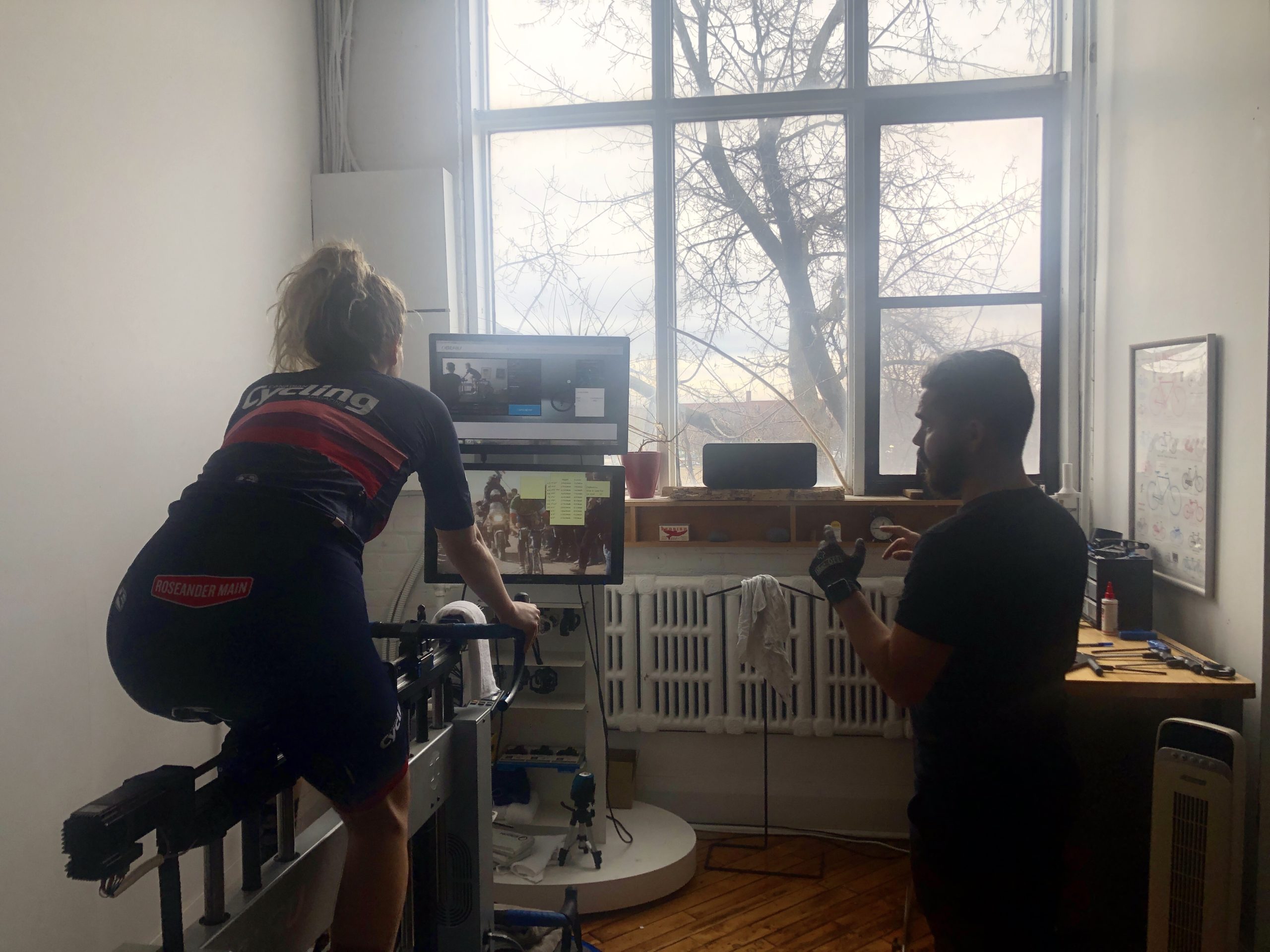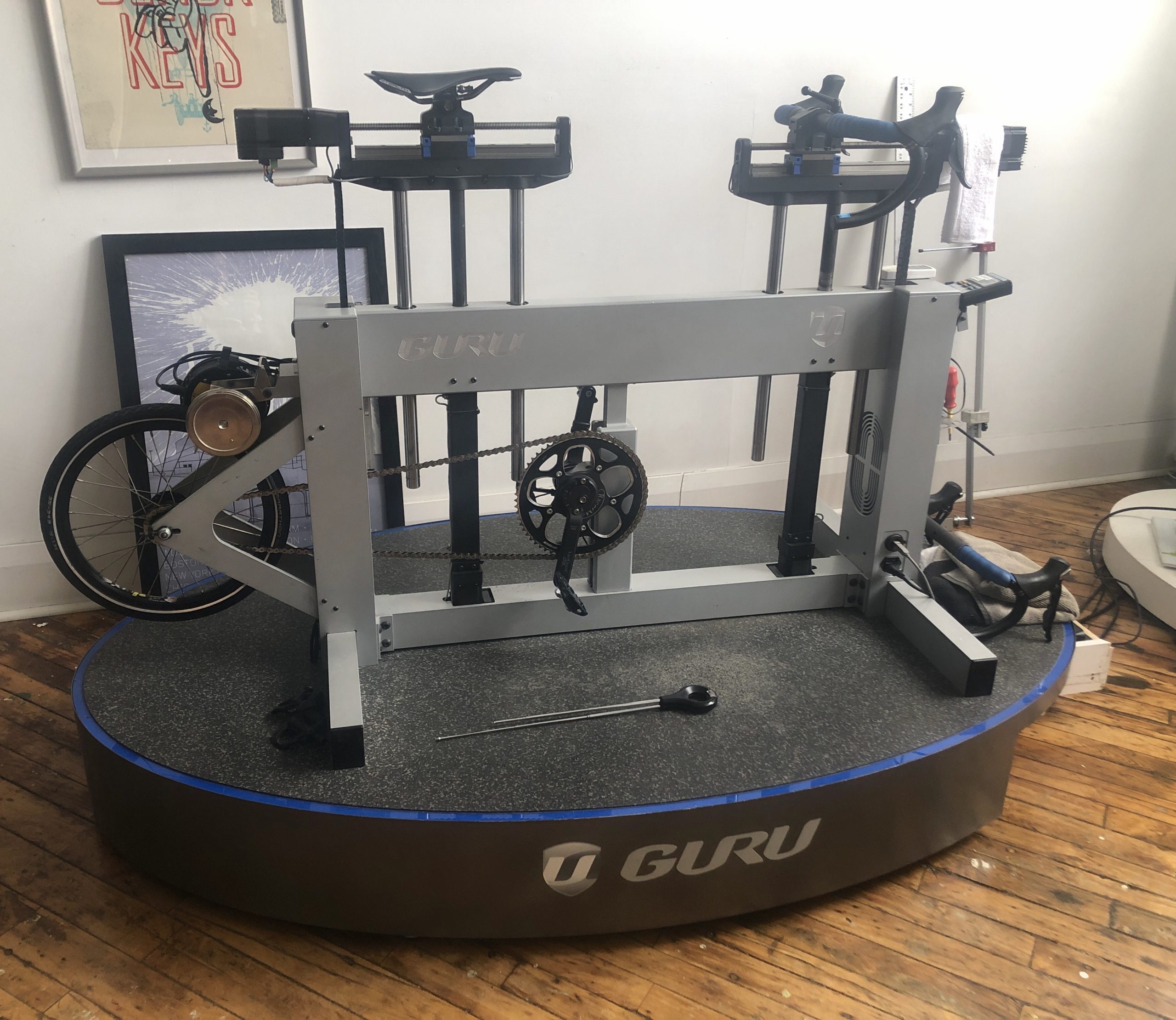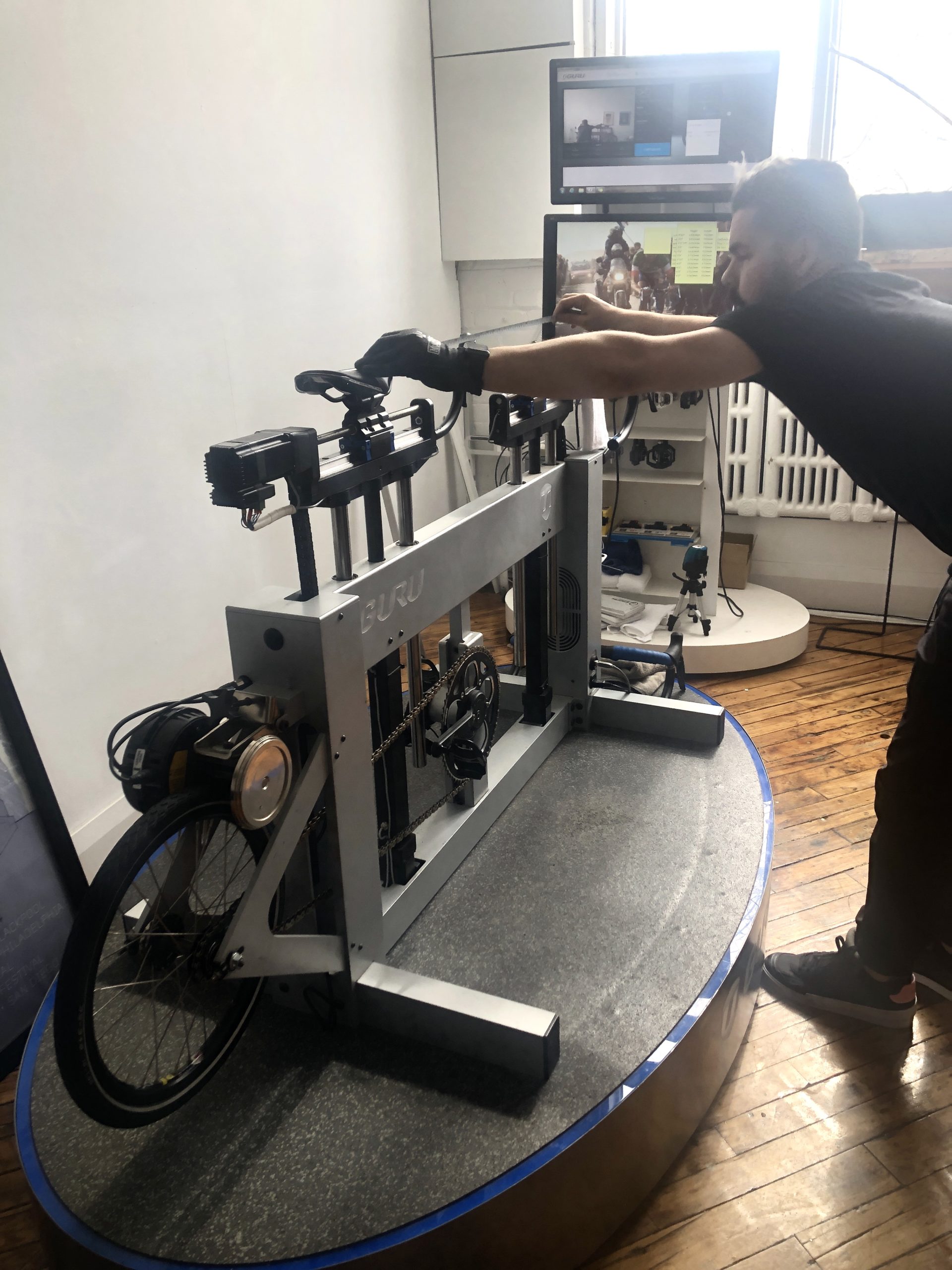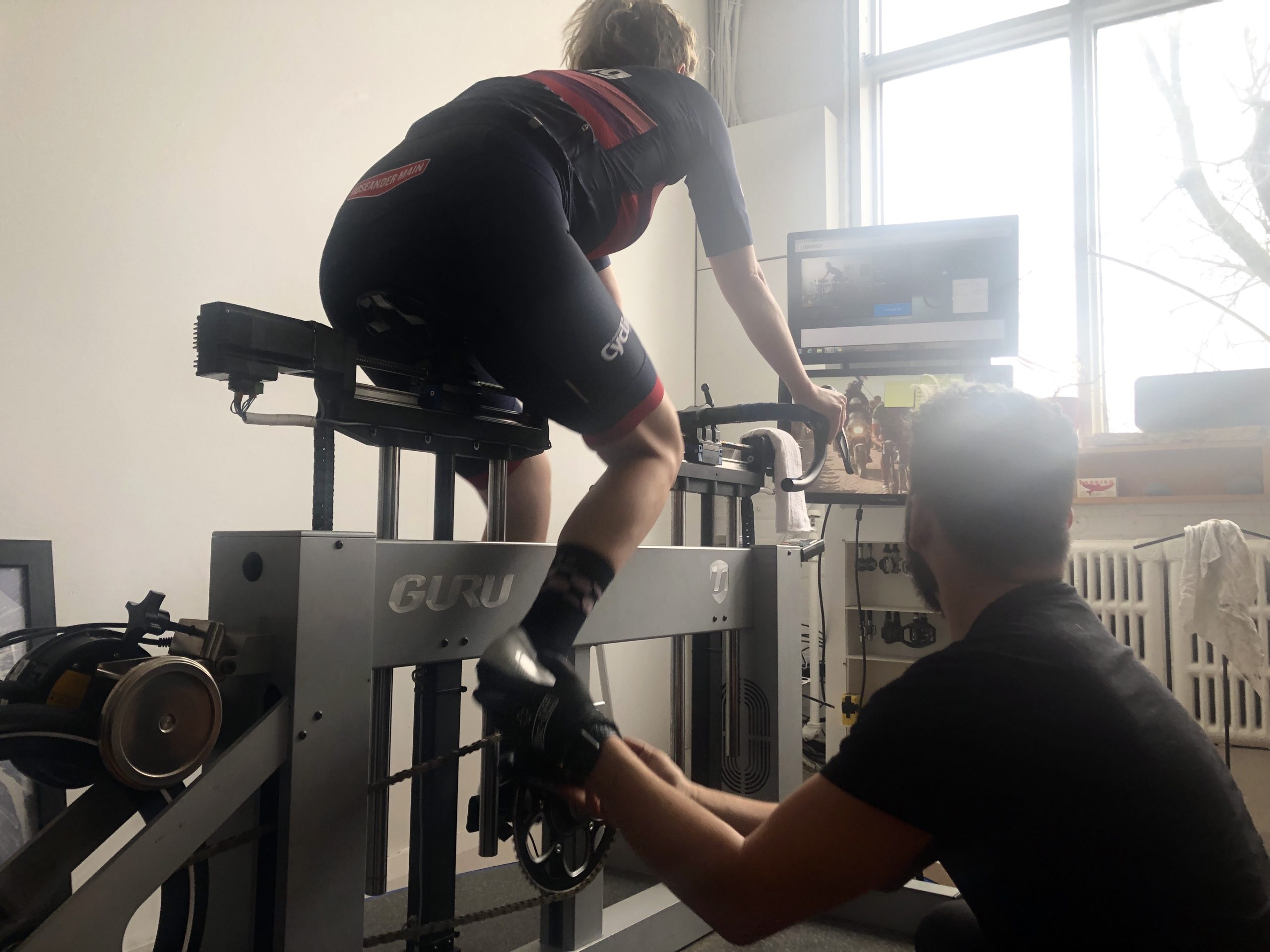Why you should get a bike fit before you shop for a new ride
Use these numbers and apply them to a bike that works for your geometry

I had no concept of how long a bike fit would take before I got one. Asking around didn’t give me a clear answer either. One friend told me it only took 20 minutes while another said his took three hours and he had to come back for another session.

As it turns out, these are both normal durations for a fit. Brian, a bike fit expert at Toronto’s Blacksmith Cycle told me that fits can take different amounts of time, depending on the person and their specific needs. “For some people it only takes one or two very small adjustments to fix a problem,” he says. “People often feel like there should be big sweeping changes, but it can be surprising how simple the solution to a big fit problem sometimes is. For others, the right fit might require a number of fit sessions”
My session with Brian took place in Blacksmith’s sun-filled fit room, which features a Guru fit system, a bike trainer and a wall covered in saddles, seatposts, stems and handlebar options.

I was in the market for a new bike, and I wanted to figure out what kind of ride would be best suited for me. “Getting a fitting means that you can find a bike that works within the parameters that you have without exceeding the limits of your bike,” says Brian. “We can take these numbers and apply them to a bike that fits your geometry.”
Cleats are part of fit

As I got ready for the fit, I mentioned to Brian that my road shoes had seen better days. Even though I had a new pair of shoes I had been dreading aligning the cleats. He had a quick solution. Using a special tool, he measured the alignment of the cleats and was able to perfectly replicate it on my new shoes. As he lined them up, he pointed out that even micro adjustments in clean position can make a huge difference in fit and in avoiding injury.
Preliminary assessments
Once my cleats were dialed in, Brian asked me some questions about what kind of bike I’m looking to get. “It’s important to get a sense of what kind of rides you’ll be doing on the bike,” he said. “The fit for an all-road bike or a crit bike will be very different.” He also asked me about the amount of riding I do. “For example,” he said, “if you don’t ride year round, the fit changes as the summer goes on and your flexibility improves. It’s important to talk about these things to manage expectations between the rider and the person doing the fitting.”
First, Brian got my current bike and set it up on a Wahoo Kickr. He had me pedal for about five minutes. As I pedalled, Brian asked if I had any history of injuries. He watched my movement head-on, looking for any irregularities in my pedal stroke and observing how I naturally position myself on the bike. “There are a variety of reasons you should get a bike fit,” says Brian. “Injury, pain, or a physio recommendation are all common.”
Right away, he noticed that my pelvic bones were not well positioned on the saddle. He also pointed out that I should be using narrower handlebars.
Micro-adjustments
After finding an appropriately sized saddle and handlebars he got me on the Guru, a bike-like machine whose components are all movable and controlled with a computer. The fit machine is made to optimize an athlete’s riding position. Brian made a variety of small adjustments as he measured distances on my bike, my body and the fit machine, then inputted the info into the Guru, which adjusted accordingly. The final position felt great.
With the Guru, Brian was able to show me a variety of bikes that would fit my geometry, and even adjust the machine to demonstrate to me exactly how the bikes would feel. I had a more clear vision of what kind of bike would be ideal for me, and I had my “reach” and “stack”, two of the most critical measurements when shopping for bikes.
RELATED: Your 2020 cycling makeover
Fits for all
Brian recommends all cyclists get a fit. “What I often hear is, I’m an average cyclist, I don’t need a fit,” he says. “In fact, the average person who rides once or twice a week needs it more than a pro whose body is adapted to riding.” He explained that if you sit in a chair 9-5 and only get out for long rides on weekends, you need to pay close attention to your fitting. For example, you don’t yet have the muscle adaptation to hold an aggressive position for long rides without risking injury.
View this post on Instagram
As for where to get a fit, most major Canadian cities have somewhere that offers the service. “If you’re going to a high end shop and they don’t offer bike fits, reconsider where you’re shopping,” says Brian. “You’re buying into a shop, not just a bike. A fit really does change the experience of buying a bike.”


